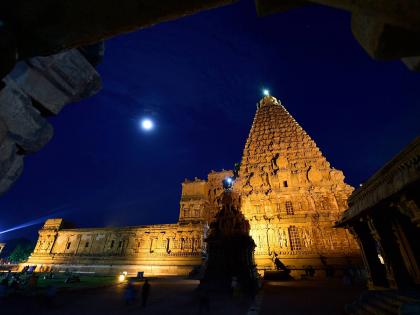Winter Solstice 2023: All You Need To Know About the ‘Longest Night of the Year’
By Lokmat English Desk | Updated: December 21, 2023 11:45 IST2023-12-21T11:41:03+5:302023-12-21T11:45:03+5:30
As the days grow shorter and shadows lengthen, a quiet anticipation envelops the Northern Hemisphere, signaling the approach of ...

Winter Solstice 2023: All You Need To Know About the ‘Longest Night of the Year’
As the days grow shorter and shadows lengthen, a quiet anticipation envelops the Northern Hemisphere, signaling the approach of the winter solstice on December 21st. This celestial event, accompanied by the longest night of the year, marks a pivotal moment as nature prepares for its deepest slumber.
While the Northern Hemisphere experiences its extended night, the Southern Hemisphere welcomes the opposite – the shortest night and the onset of summer. Delving into the intricacies of this astronomical marvel, let's unravel the magic woven into the fabric of the winter solstice without delving into complex jargon.
Understanding the Winter Solstice: As Earth orbits the sun, its axial tilt undergoes subtle changes, leaning either toward or away from the sun. On December 21st, the Northern Hemisphere reaches its maximum tilt away from the sun. This position causes the sun's rays to strike at a shallower angle, creating the winter solstice – the moment when the spotlight is farthest away from the Northern Hemisphere. The result is an extended night and the longest night of the year.
Why December 21st Marks the Longest Night: Two key factors contribute to December 21st holding the Northern Hemisphere's longest night: Earth's axial tilt and the sun's angle. Earth, with a constant axial tilt of 23.5 degrees, experiences a directional change relative to the sun as it orbits. On December 21st, the North Pole tilts farthest away from the sun, analogous to a tilted beach umbrella.
In the summer, the North Pole faces the sun, basking in long days and short nights. However, on December 21st, the umbrella tilts away, casting the North Pole into shadow and resulting in the shortest day and longest night of the year. The shallow angle of the sun on this day reduces the time it spends above the horizon, leading to fewer daylight hours and culminating in the Northern Hemisphere's longest night.
Open in app